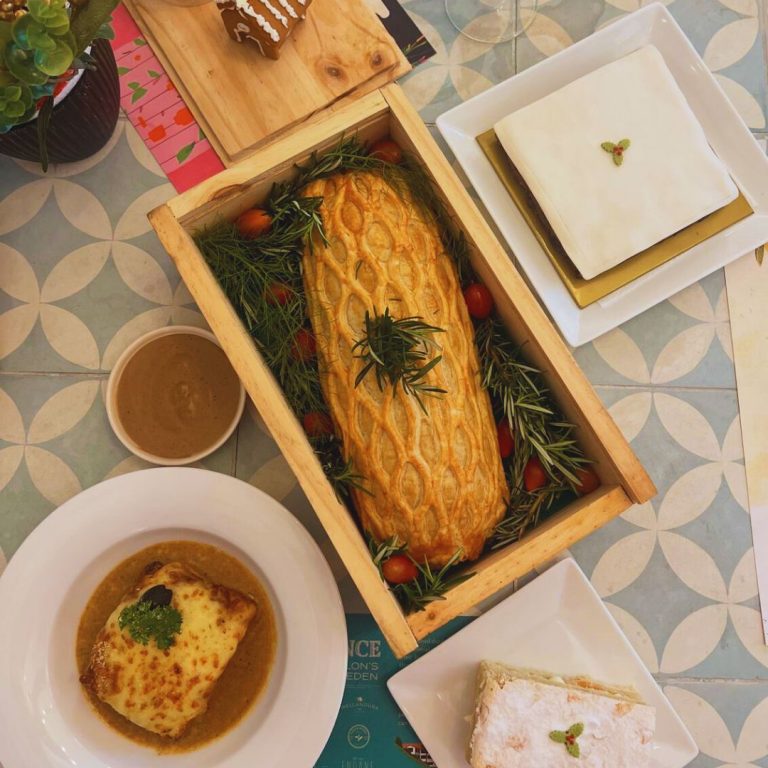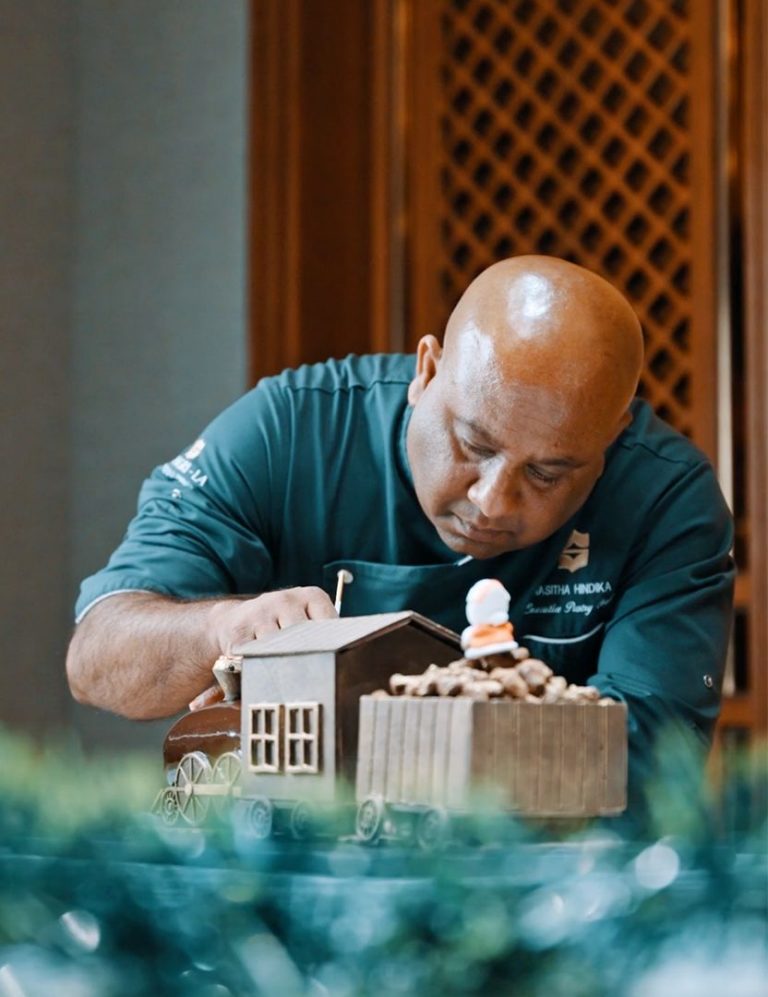The beauty of any city lies in its ability to transport you from one world to another in the space of a few meters. London, New York and Paris are famous for their collections of little worlds and communities – turn down a street, an alleyway, and you can enter what seems a completely different universe.
It might not be quite on the same scale, but Colombo too can transport you; spend an afternoon pushing through the pavements (or lack thereof) of Pettah and then walk the few meters to Hilton hotel’s lobby and order an iced tea, the contrast couldn’t be higher.
But that’s perhaps a crude example. Actually the city offers much more beautiful and subtle contrasts, some that you can just stumble into.
The Scots Kirk
At some point last week we were pushing our way through Kollupitiya’s evening rush – the screeching flow of the Galle Road, the green’s 24 hour bustle, Colombo’s best attempt at a skyline looming over us – when we came across St Andrew’s church, or the Scots Kirk.
Now everyone (every Colombar) knows or should know this squat stone church near the Cinnamon Grand Hotel but I suspect very few people have actually been inside.
Which is a mistake, as we discovered it’s really quite lovely. We walked in scruffy and disheveled on a midweek evening and found ourselves in a world of white-washed walls, dark wood, stained glass- and wonderful choral singing.
This was entirely accidental, the church looked interesting, we wandered in and the choir happened to be rehearsing for their Sunday service. They also happen to be a rather good choir, so sitting on the well polished old pews, we found ourselves closing our eyes to focus on nothing but the best notes.
In hardly a minute we forgot the heat, the looming bus journey, the necessity for kottu rotti and were in another world; some sort of eternal colonial Christmas with everyone in a light suit and possibly carrying a pith helmet.
St Andrews has actually always been something of another world. This was the planter’s church built by homesick Scottish tea-planters in 1842 and traditionally the congregation was predominantly European. Unlike Colombo’s catholic churches or even the Anglican Church at Polwatte where the congregation was predominantly Ceylonese (as we were known then).
This is where the white men came to worship their god and it is unmistakably British/Scotts – austere, wood and stone, without the large icons common to most Sri Lankan churches, though there is some lovely stained glass work.
Again, it’s the attractive simplicity that makes it a real contender for most beautiful church in Colombo. (I’ve never really considered getting married in a Church but if I did this would be high on my chapel shortlist)
Like all religious spaces in the city (maybe the ganga ramaya excepted) when not holding a service it’s a calming and peaceful oasis. While skyscrapers now loom over it the neighbouring monstrosities almost ad to its appeal as a timeless space .
It’s a wonderful place and on our visit the rehearsing choir elevated it to outright heavenly- the good things that happen when you drift, which is why we encourage people to YAMU – literally to go, wander and drift out of their everyday routines.









